
Soil Nutrient Management for Successful Crop and Vegetable Farming
September 6, 2022, 7:52 pm
Many factors influence the soil nutrient requirements for optimum yield and quality of a given vegetable crop.
Soil Nutrient Management for Successful Crop and Vegetable Farming
The original source of soil particles, textural classification, cation exchange capacity, organic matter content, and drainage are important soil properties that influence the rates of nutrients applied to vegetables.
In addition, rainfall amounts and distribution, irrigation types and management, and soil and air temperatures during the growing season can alter the retention, availability, and uptake of nutrients. Varieties of the same crop species often differ significantly in their nutrient requirements.
Test soils to determine the kinds and amounts of pre-plant fertilizer nutrients required for optimum production. During the growing season, sap and tissue testing should be used when they have been shown to be effective to adjust nutrient applications to current growing conditions and the nutrient status of the crop
Soil Fertility Test Interpretation
A soil fertility test evaluates the nutrient-supplying power of a soil. The results of the test are used to predict if, or how much fertilizer is required for optimum plant growth. Soil fertility categories include: below optimum or deficient, optimum, and above optimum or exceeds crop needs.
Below optimum is divided into subcategories: very low, low, and medium. These soil fertility categories gauge the probability of a beneficial response to the addition of a given nutrient (assuming that other factors such as temperature, moisture and disease are not limiting growth). The critical factor is the soil test level below which a crop response to a nutrient application may be expected, and the level above which no crop response is expected. Crop yields may decrease at very high soil nutrient levels
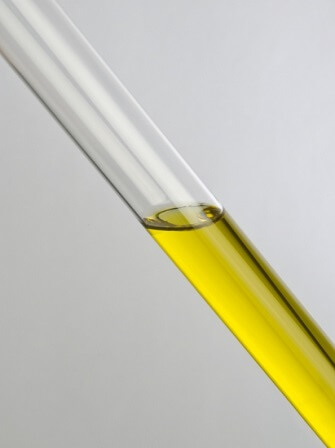
Soil Fertility Test Categories
The basic soil test categories for management of soil Calcium (Ca), Magnesium (Mg), Phosphorus (P) and Potassium (K) are: “below optimum” or “deficient”, “optimum”, and “above optimum” or exceeds crop needs”.
For limestone recommendations, these categories indicate the concentrations of Ca and Mg most suitable for use as a liming material. Soil test categories, along with crop nutrient requirements, are the basis for nutrient recommendations. For example, when the soil test category for K is below optimum-low or deficient the recommendation will indicate how much K to apply. The amount of K recommended however, depends on the crop.
Various crops accumulate different amounts of nutrients. Generally, crops that produce large yields of harvestable material will remove large amounts of nutrients from the soil and will have a higher nutrient recommendation. If the soil fertility category is below optimum or deficient, the nutrient recommendation for a particular crop is designed to achieve its full crop yield potential and to build the soil fertility level into the optimum range over time.
If the soil fertility level is already in the optimum range, the nutrient recommendation is designed to replace the amount of nutrient removed by the crop to maintain optimum soil fertility. In general, no nutrient application is recommended if the soil test category is above optimum or exceeds crop needs. This allows “drawdown” of the nutrient level to the optimum range. However, certain crops (e.g., potatoes and tomatoes) still benefit from low fertilizer applications of root stimulating nutrients (e.g., phosphorus) that should be applied as a “starter”
fertilizer
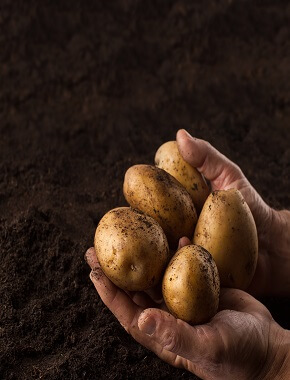
Soil Nutrient Management
Plants remove substances from the soil and air to enable them to grow and reproduce. The specific substances they remove are termed nutrients. Certain nutrients (macronutrients) are generally required in larger quantities. Nutrients needed in smaller quantities (micronutrients) are often as important as macronutrients for achieving desired results. Most commercial fertilizers contain the macronutrients N, P, and K, expressed as a weighted percentage (N-P2O5-K2O). Micronutrients may be supplied along with macronutrients.
Nitrogen Management
Nitrogen (N) is one of the most difficult nutrients to manage in vegetable production systems. N is readily leached or can be tied-up by soil microbes, can be lost to the atmosphere if not quickly incorporated, and is lost under water-saturated soil conditions. Due to the numerous N loss pathways, N is not routinely tested for making crop recommendations. Instead, N recommendations are based on years of fertilizer trials and yield potential. N application timings, application methods, and sources are also commonly tested in state fertilizer trials and have resulted in recommendations for splitting N fertilizer for increased fertilizer use efficiency.
Heavy rainfall, higher than normal yield, and following non-legume cover crops are just a few examples of situations where N fertilizer may be tied-up, lost from the production system, or another application of N is warranted. Tissue testing is the best option when deciding if and how much more N is needed to meet expected yields. Soil testing laboratories can provide N concentrations of plant materials with quick turnaround times to aid in N application decisions.
Phosphorus Management
In general, crops are very likely to respond to phosphorus (P) fertilization if dictated necessary by soil tests. Soil test P levels of deficient or below optimum-very low, low, or medium indicate a strong response to P fertilizer. Crops in soils testing optimum may or may not respond to further additions, but P may be applied to maintain the fertility level in the optimum range (P fertilizer applied at crop removal rates). Crops in soils with levels in the exceeds crop needs or above optimum-very high categories may also respond to P fertilizer if conditions are favorable for high yields or plants have slow growing and/or shallow root systems. Tomato and potato are classic examples of crops benefiting from P fertilizer additions on very high soil test P concentrations.
It is often recommended that a band of P fertilizer be placed near the seed/transplant as a starter fertilizer regardless of the P fertility level. Banded P is especially helpful at low soil test P levels, however, overall field rates should not be decreased. When the soil test level is deficient or below optimum, P should generally be applied as a combination of broadcast and banded methods. Even at P soil test levels that are very high-above optimum or exceeds crop needs, a small amount of banded P may benefit crop establishment.

Many test results describe soils as above optimum or exceeds crop needs due to previous fertilizer and manure applications. When applied in excess of crop removal, P accumulates in the soil. P is strongly adsorbed to soil particles and very little is subject to loss via leaching. In high concentrations, soil P will also interact with ionic micronutrients, such as zinc, to alter availability of P to the plant. If the soil test report indicates that P levels are above optimum or exceeds crop needs, crop and site-specific factors will determine if P fertilizer should still be applied, but the general recommendation under those circumstances is that soils should receive very little or no P fertilizer.
Potassium (K) Management
Crops are very likely to respond to K fertilizer when the soil test indicates that K is deficient or below optimum-very low or low. A soil testing below optimum-medium in K may or may not respond to K fertilizer. Soils testing optimum, above optimum or exceeds crop needs are unlikely to respond to K fertilizer, but it may be recommended to apply K to maintain the soil fertility level in the optimum range.
In general, most of K fertilizer should be broadcast. When the fertility level is below optimum or deficient, it may be advantageous to apply a portion of the total K application as a band. There is generally no benefit to applying banded K when soil fertility levels are optimum or above optimum or exceeds crop needs. In loamy sand and sand textured soils, split applications of K may be beneficial and may be applied using side-dress applications or applied through trickle irrigation.
Crops remove larger amounts of K than P from the soil during a growing season. In addition, sandy soils have low reserves of K, and K is susceptible to leaching. Therefore, frequent applications of K are needed to maintain K at an optimum fertility level.
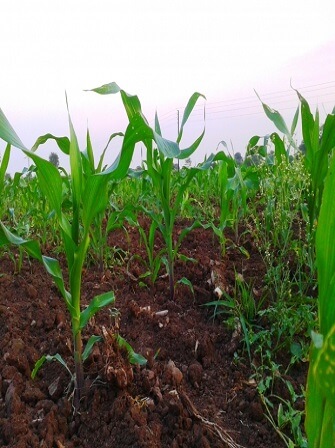
Secondary and Micronutrient Management
Calcium (Ca), magnesium (Mg), and sulfur (S) are included in the secondary element group. Ca may be deficient in soils that were not properly limed, where excessive amounts of potash fertilizer were used, and/or where crops are subjected to drought stress. Of these three elements, Mg is the most likely to be deficient in soils. Dolomitic or high- Mg limestone should be used for liming soils that are low in Mg. On low-Mg soils where lime is not needed, Mg should be applied in fertilizer. Magnesium may be applied as a foliar spray to supply Mg to crops in emergency situations.
Sulfur is an important plant nutrient, especially for the onion family and cole crops. S may become deficient on light, sandy soils. S deficiencies may develop as more air pollution controls are installed and with the continued use of high-analysis fertilizers with low S content. S concentrations greater than 5 ppm are associated with increased pungency in sweet Spanish onions, and low soil S will result in reduced pungency. S can be supplied by application of S-containing fertilizers, e.g., Gypsum (Calcium Sulfate) or Epsom Salt (Magnesium Sulfate)
Micronutrients
Boron (B) is the most widely deficient micronutrient in vegetable crop soils. Deficiencies of this element are most likely to occur in the following crops: asparagus, most bulb and root crops, cole crops, and tomatoes. Use of excessive amounts of B can be very toxic to plant growth.

Manganese (Mn) deficiency often occurs in plants growing on soils that have been over-limed with a pH above 7.0. A broadcast application of 20 to 30 lb/A or a band application of 4 to 8 lb/A of Mn will usually correct the deficiency. When Mn is applied as manganese sulfate, foliar application of 0.5 to 1 lb/A of Mn in 20 gal of water/A in one to three applications usually will help relieve the deficiency. Use a sulfate or chelate of Mn. Do not apply lime or poultry manure to such soils until the pH has dropped below 6.5, and be careful not to over-lime again.
Molybdenum (Mb) deficiency in cauliflower (whiptail) may develop when this crop is grown on soils that are more acid than pH 5.5. Liming acid soils to a pH of 6.0 to 6.5 will usually prevent the development of Mb deficiencies in vegetable crops.
Foliar Fertilization
Plants usually obtain nutrients from the soil through roots, but plants can also absorb a limited amount of some nutrients through aerial organs such as leaves. Properly managed soils are usually able to supply the essential mineral nutrients the crop will need during its development. If one or more soil-supplied nutrients become deficient or unavailable during the development of the crop, foliar nutrient applications may be beneficial. Care should be taken to use approved tank mixes if nutrients are combined with fungicides, insecticides, herbicides, or any other additive.
Chelated nutrient sources are often optimal for tank mixes, but make sure to read the label and conduct a jar test. Generally, it is difficult to supply ample macro- and secondary nutrients through foliar fertilization, and application of this strategy should be focused on micronutrients only. If a nutrient deficiency occurs, efforts should be made to correct this deficiency via soil fertilization prior to the next growing season
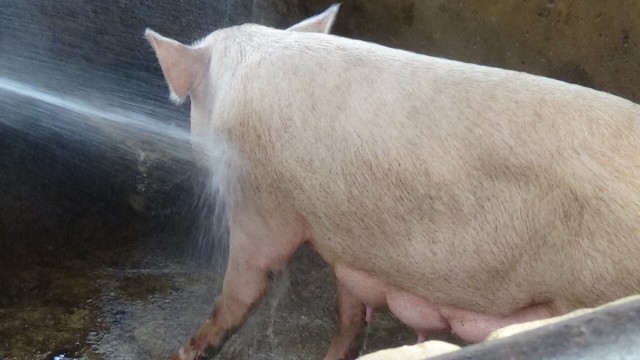
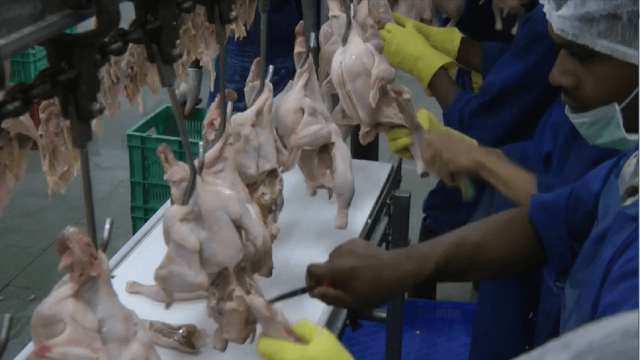

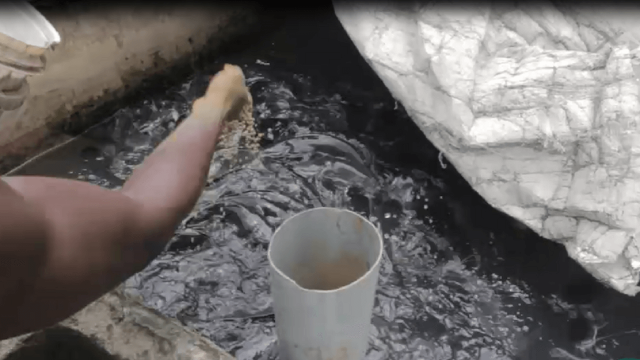
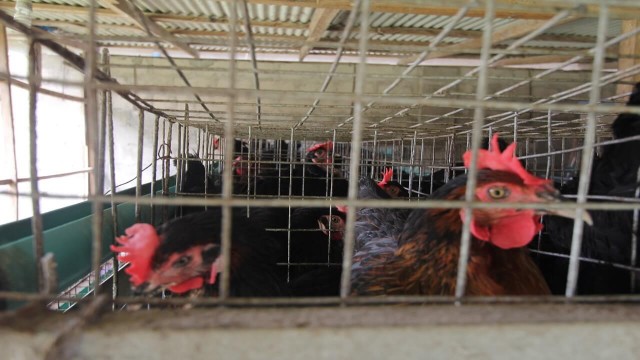
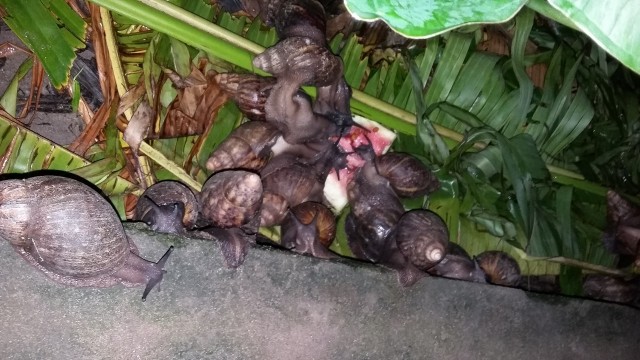


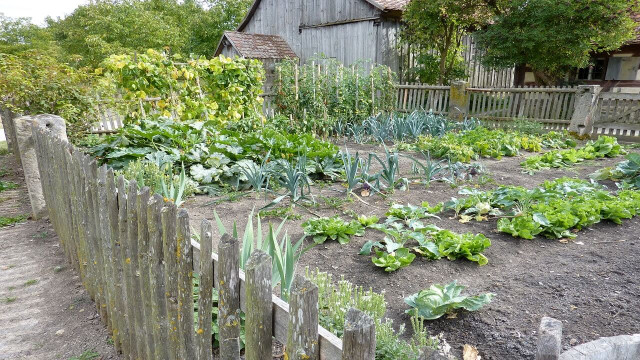
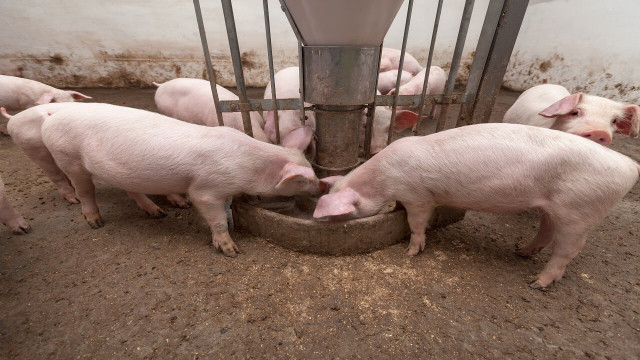

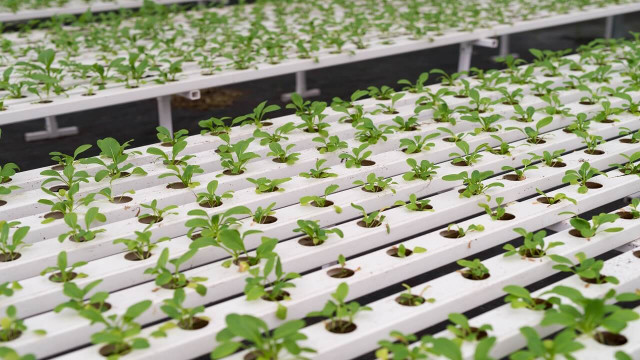
Share This Article: